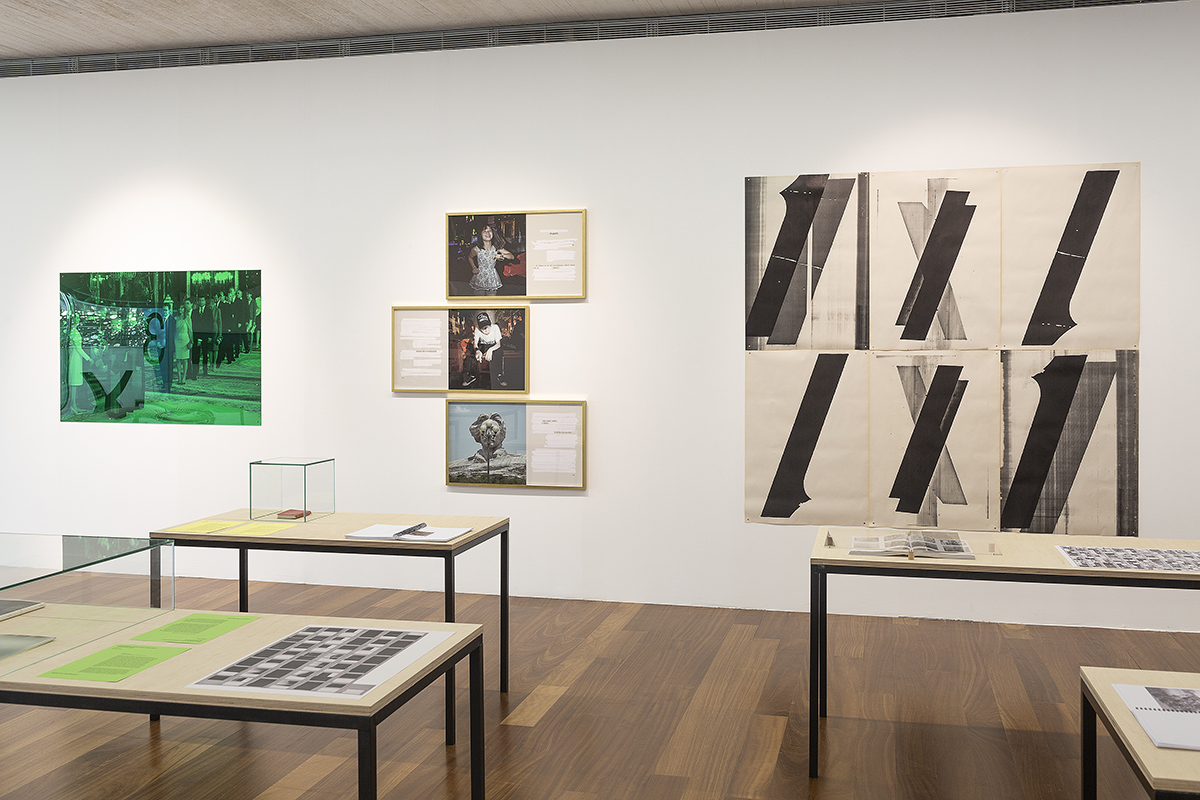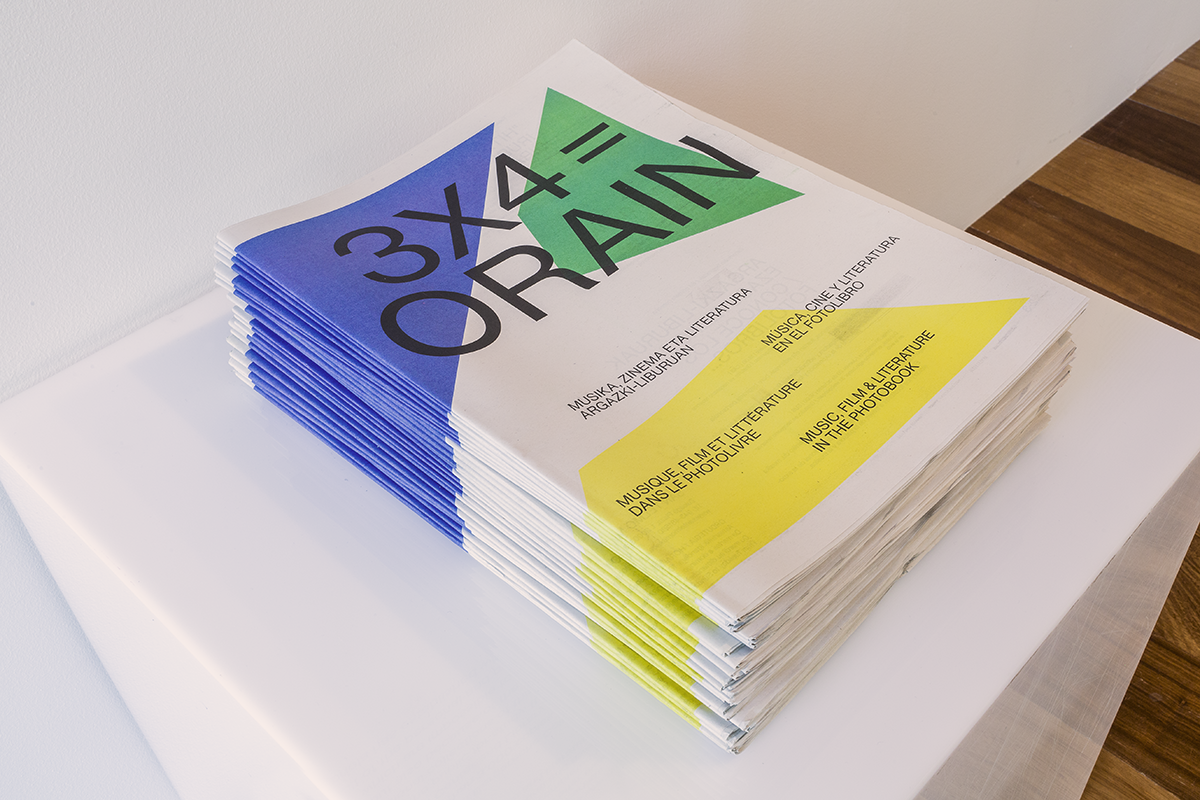In the words of the curator, Jon Cazenave:
The photobook is more than a book made up of photographs. It is an artistic object where the images lose their autonomous character to become structured in a sequence of contents, with a narrative intention and a unique visual rhythm that builds a singular and unrepeatable creative discourse in a different format.
The growing interest in the photobook, understood as an artistic work in itself, is undergoing a significant expansion, backed by the numerous national and international events dedicated to its analysis and significance.
Gabriela Cendoya's interest in contemporary photography books awoke in the 1990s at the Mollat bookstore in Bordeaux, after discovering the artistic potential that these publications have in today's creative output. The later reading of The Photobook: A history, Vol.1, by Martin Parr and Gerry Badger, published in 2004, made her aware that she was collecting photobooks, a name for auteur photography books, unknown to the general public at the time.
More than 20 years after these seeds were sown, the Gabriela Cendoya Bergareche Collection is made up of more than 3,000 copies and is deposited in the Library of the San Telmo Museum, open to the public for study. It is one of the most important international collections of this genre, not only because of its size, but also because of the quality of the selected titles, many of which are impossible to find today and which are the result of the personal and professional relationships that Gabriela has established with the creators that make it up.
The photobook is more than a book made up of photographs. It is an artistic object where the images lose their autonomous character to become structured in a sequence of contents, with a narrative intention and a unique visual rhythm that builds a singular and unrepeatable creative discourse in a different format. The growing interest in the photobook, understood as an artistic work in itself, is undergoing a significant expansion, backed by the numerous national and international events dedicated to its analysis and significance. In this context, digitisation and accessibility to the means of production have had an expansive effect on the publication of new titles. More titles than ever are produced, read and collected, and today the photobook constitutes a singular, contemporary and immediate artistic genre.
The images should be considered visual texts, since they represent elements that orchestrate them and give them an aesthetic sense.
As a result of this effervescence, the project ‘3x4=ORAIN. Cinema, music and literature in the photobook’ deepens the study and knowledge of the Gabriela Cendoya Bergareche Collection through its analysis from the fields of cinema, music and literature, three disciplines that maintain a deep link with these editions.
Understanding cinema as the observation of an event inserted in the flow of time allows us to understand the key influence of this discipline in the way of conceiving and interpreting a photobook. Following this logic, the photographs become cinematographic shots that are sequenced to be visualised in time and space.
The construction of the sequence of photographs in these books pays special attention to rhythm and is very close to musical structure, in which logical interpretation is not as important as the play of the emotions conveyed. In the photobook, the images are edited based on aspects such as colour, tone or form to build a unitary work that, like music, must be interpreted. The action of turning the pages thus builds the rhythm of each work at the very moment of being contemplated. Each photobook acquires a duration, a particular meaning in the hands of each reader, turning each reading into a personal and unique journey.
The photographs that make up the sequence of the book are ordered with a single intention: to build a narrative to be interpreted. This succession of images often makes use of literary forms, such as ellipses or metaphors, to relate complex facts through an open visual rhetoric which is subject to multiple readings.


.jpeg)
.jpeg)